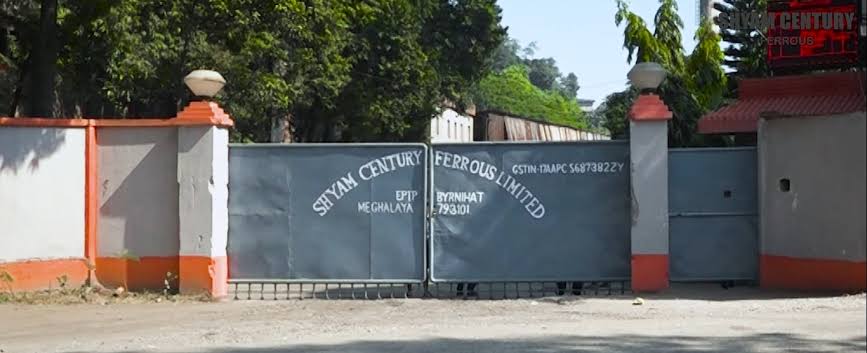 Image Source: Hindustan Times
Image Source: Hindustan Times
In a swift and meticulously planned operation, Indian armed forces launched “Operation Sindoor” in the early hours of May 7, 2025, striking nine terror-linked sites in Pakistan and Pakistan-occupied Kashmir (PoK). The half-hour operation, monitored by Prime Minister Narendra Modi, was a direct response to the Pahalgam terror attack that killed 26 people last month. Indian military and diplomatic officials have detailed the rationale, targets, and execution of the strikes, emphasizing restraint, precision, and the necessity of pre-emptive action.
Operation Duration and Execution:
Operation Sindoor lasted about 30 minutes, with Indian Army, Navy, and Air Force assets carrying out 24 precision missile and drone strikes on nine terror infrastructure sites at 1:44 am IST. The operation was closely monitored in real time by top leadership, including the Prime Minister.
Targets and Selection Criteria:
Military spokespersons confirmed that the chosen targets were recruitment centers, launchpads, indoctrination centers, and weapons handling/training facilities for terror groups such as Lashkar-e-Taiba (LeT), Jaish-e-Mohammed (JeM), and Hizbul Mujahideen. Intelligence inputs indicated these camps were actively preparing terrorists for imminent attacks on Indian soil.
The list of targets included JeM’s headquarters in Bahawalpur, LeT’s base in Muridke (both in Pakistan’s Punjab), and several camps in Muzaffarabad and Kotli in PoK.
Precision and Civilian Safety:
Indian forces used niche technology weapons, including kamikaze drones and standoff missiles, specifically designed to avoid collateral damage and civilian casualties. All locations were selected to ensure that no civilian infrastructure was affected, and only terrorist infrastructure was destroyed.
“Our actions have been focused, measured, and non-escalatory. No Pakistani military facilities have been targeted. India has demonstrated considerable restraint in selection of targets and method of execution,” the Ministry of Defence stated.
Destruction of Terrorist Infrastructure:
According to Indian military officials, the targeted camps-which included weapons training, recruitment, and indoctrination centers-were “completely destroyed.” Over 70 terrorists were killed and more than 60 wounded, significantly degrading the operational capability of these groups.
Intelligence and Pre-emptive Rationale:
Indian Foreign Secretary Vikram Misri explained that the strikes were necessary due to credible intelligence indicating further attacks were being planned by Pakistan-based terror modules against India.
“Today’s operation was to dismantle the infrastructure of terrorism and incapacitate the terrorists being sent to India,” Misri said, adding that Pakistan had failed to act against these networks despite mounting global concern.
Measured Response and International Briefing:
The operation was intentionally non-escalatory, targeting only terror infrastructure and avoiding Pakistani military sites to prevent wider conflict.
Following the strikes, National Security Advisor Ajit Doval briefed US and other key international counterparts, underlining India’s commitment to restraint and precision.
Aftermath and Regional Impact:
Pakistan reported retaliatory actions and civilian casualties, but India reiterated that all efforts were made to avoid harm to non-combatants. The operation has sent a clear message about India’s resolve to act decisively against cross-border terrorism.
“Our intelligence agencies monitoring terrorist activities have indicated that there could be more attacks on India, and it was felt essential to both stop and tackle them,” said Foreign Secretary Vikram Misri.
Operation Sindoor stands as a demonstration of India’s capability and willingness to pre-empt terror threats while minimizing risk to civilians and avoiding military escalation.
Source: NDTV, Al Jazeera, Firstpost, NewsOnAir, Hindustan Times
Advertisement
Advertisement







